The government of Western Australia (WA) has released its three phase South West Interconnected System Transmission Plan (SWIS TP), in which Phase One will unlock new renewable energy generation capacity, including 1 GW of new capacity in the north of the network and 1.6 GW to the east.
The plan is designed to guide the state’s energy transition as it retires 1.4 GW of state-owned coal generation assets by 2030.
Phase one upgrades include the Kwinana strategic industrial area (SIA) and Western Trade Coast, the Coolangatta Industrial Estate, which is a component to support the Collie Just Transition (CJT), and the Kemerton SIA, to make a combined 1,500 MW available to support future industry growth.
Phase Two will deliver the transmission infrastructure needed to provide renewable energy to consumers and support new industries such as green steel and battery production.
Beyond 2035, planning for Phase Three will expand state-owned grid operator Western Power’s network to support economic diversification through the development of new green industries.
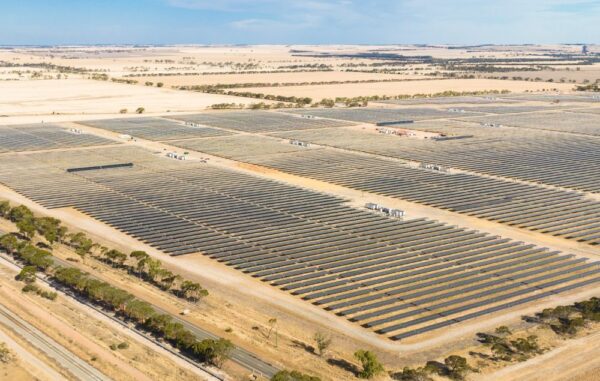
Image: Monford Group
On the back of the SWIS TP, the WA Energy and Decarbonisation Minister Amber-Jade Sanderson will stimulate local content procurement and employment with a directive to Western Power, Synergy, and Horizon Power requiring the utilities to design tenders in a way that gives local businesses a real chance to compete and win.
“The SWIS Transmission Plan is our blueprint for infrastructure upgrades that will support our energy transition and ensure WA becomes a renewable energy powerhouse,” Sanderson said.
“We’ve taken our long-term vision for the SWIS and mapped the transmission needed to deliver it.”
Sanderson added the plan facilitates the delivery of an energy transition that benefits all Western Australians, reimagining how the network can robustly support our State now, and well into the future.
“Ultimately, it will mean a decarbonised energy system delivering clean, cost-competitive energy to Western Australian households and businesses,” Sanderson said.
“Transmission is a vital enabler for decarbonisation, and for a more diverse, more resilient and more prosperous Western Australian economy.”
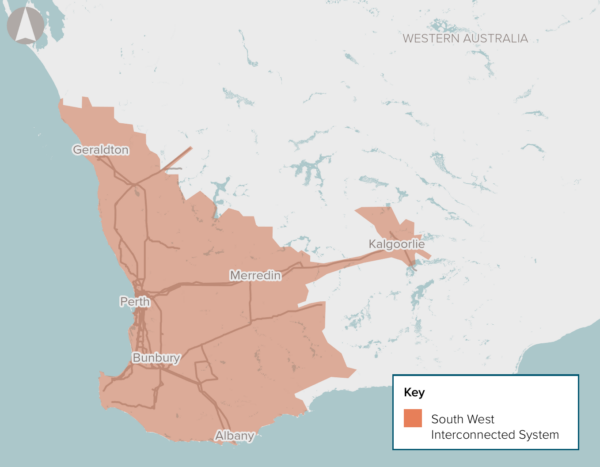
In 2024-25, renewable energy accounted for 39% of electricity use on the SWIS, around three times the amount in 2016.
The government says growth drivers have been rooftop solar uptake over the past decade, which by 2030 is expected to include 50% of homes connected to the SWIS, plus connection of new, large-scale generation and storage projects such as the Cunerdin Hybrid Solar-Battery Project and Kwinana battery energy storage systems (BESS).
On 19 November 2024, the SWIS achieved a record 85.1% renewable penetration, including by the end of 2025, approximately 1.5 GW of grid-scale battery storage capacity.
The state government has invested over $1.6 billion (USD 1 billion) in expanding and enhancing the SWIS transmission network over the last several years.
In mid-2025, Western Power commenced construction on Clean Energy Link – North. Supported by over $1.2 billion in funding, including an allocation of $584 million at the 2025-26 State Budget, the project will strengthen the transmission network through Perth’s northern suburbs and beyond.
This content is protected by copyright and may not be reused. If you want to cooperate with us and would like to reuse some of our content, please contact: editors@pv-magazine.com.
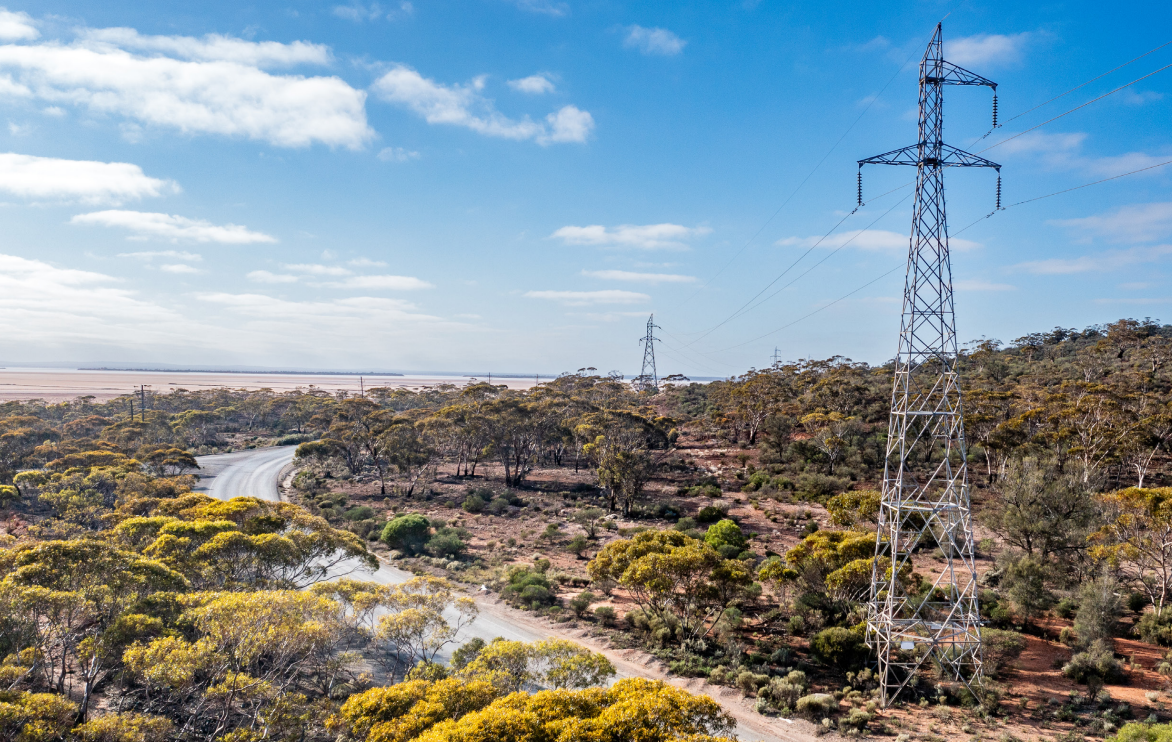
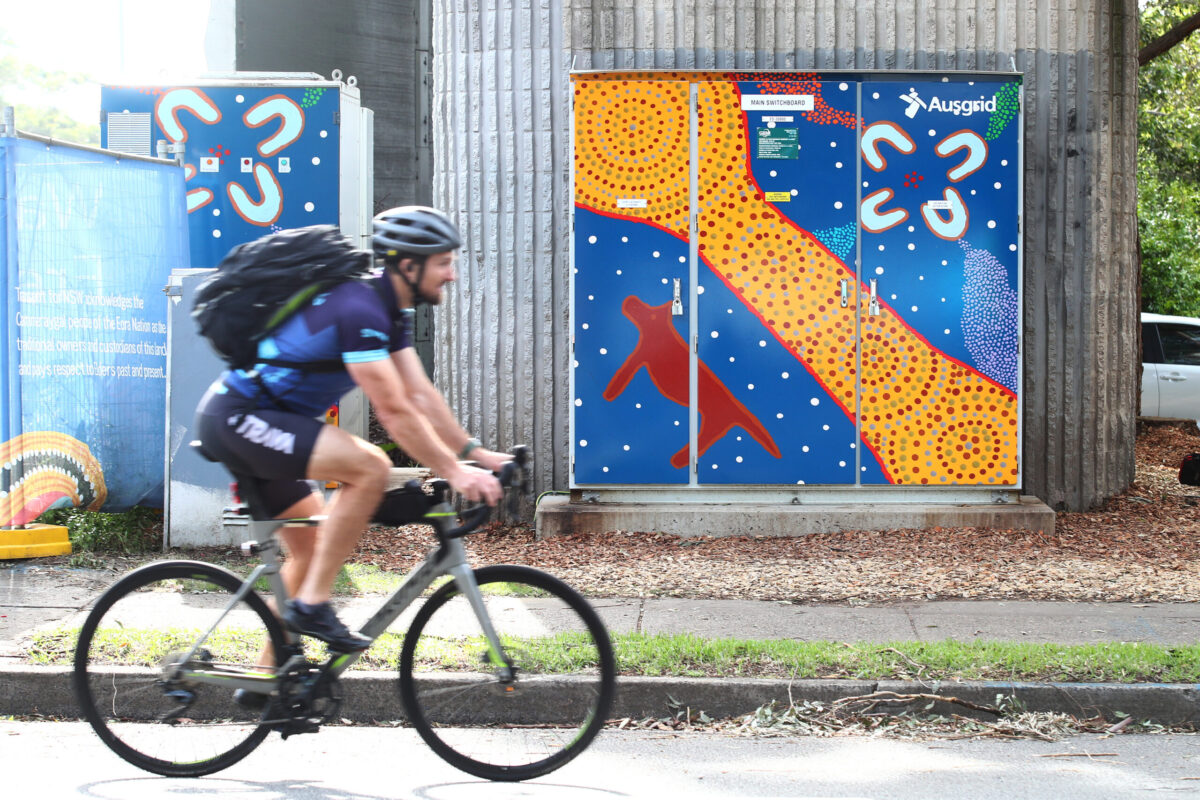



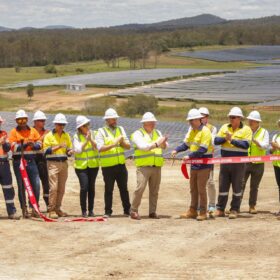



Great work from the government. Keep doing that, you will be voted back in.